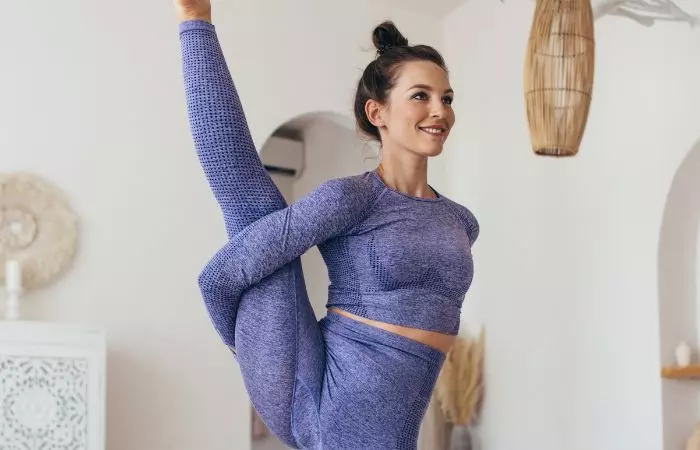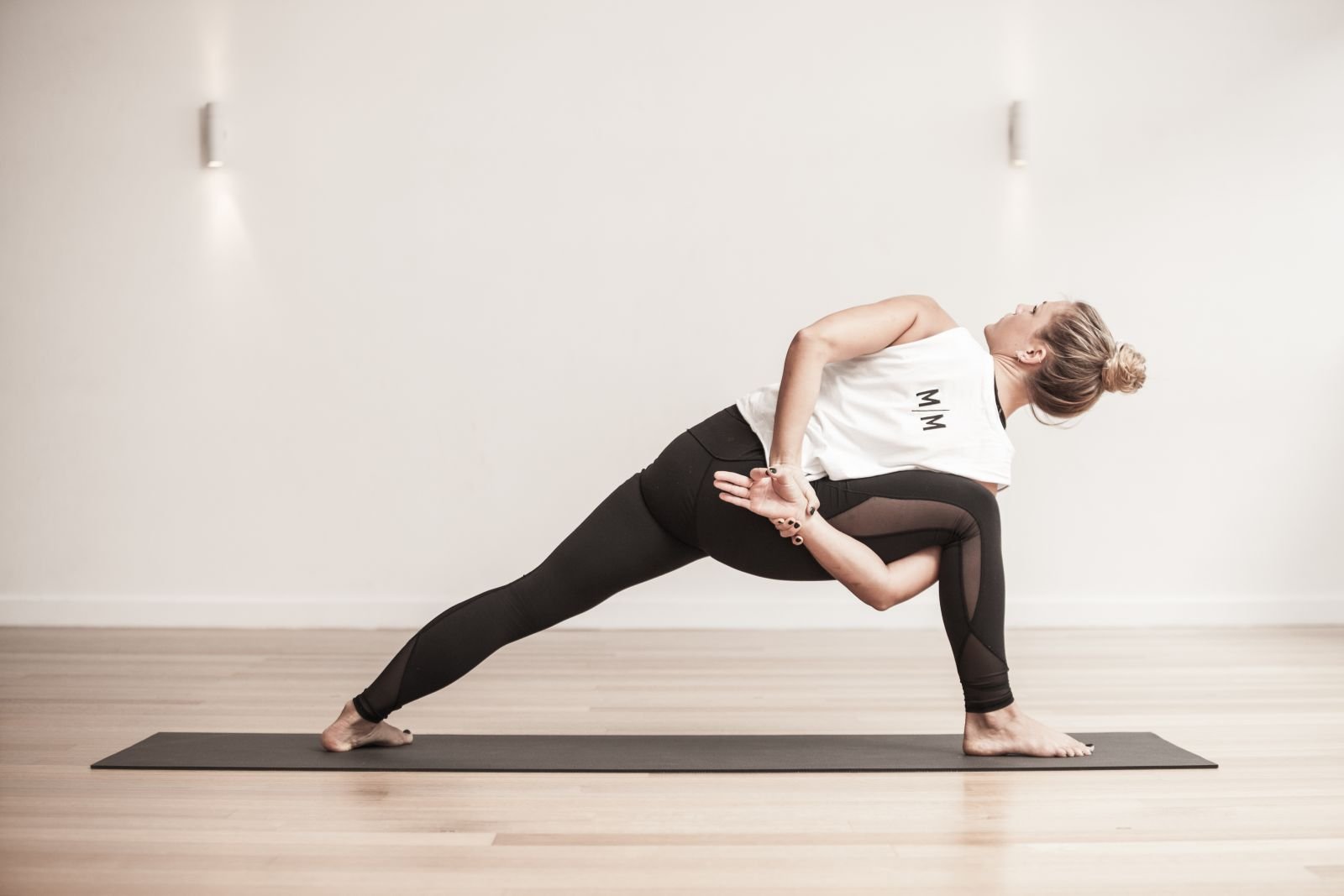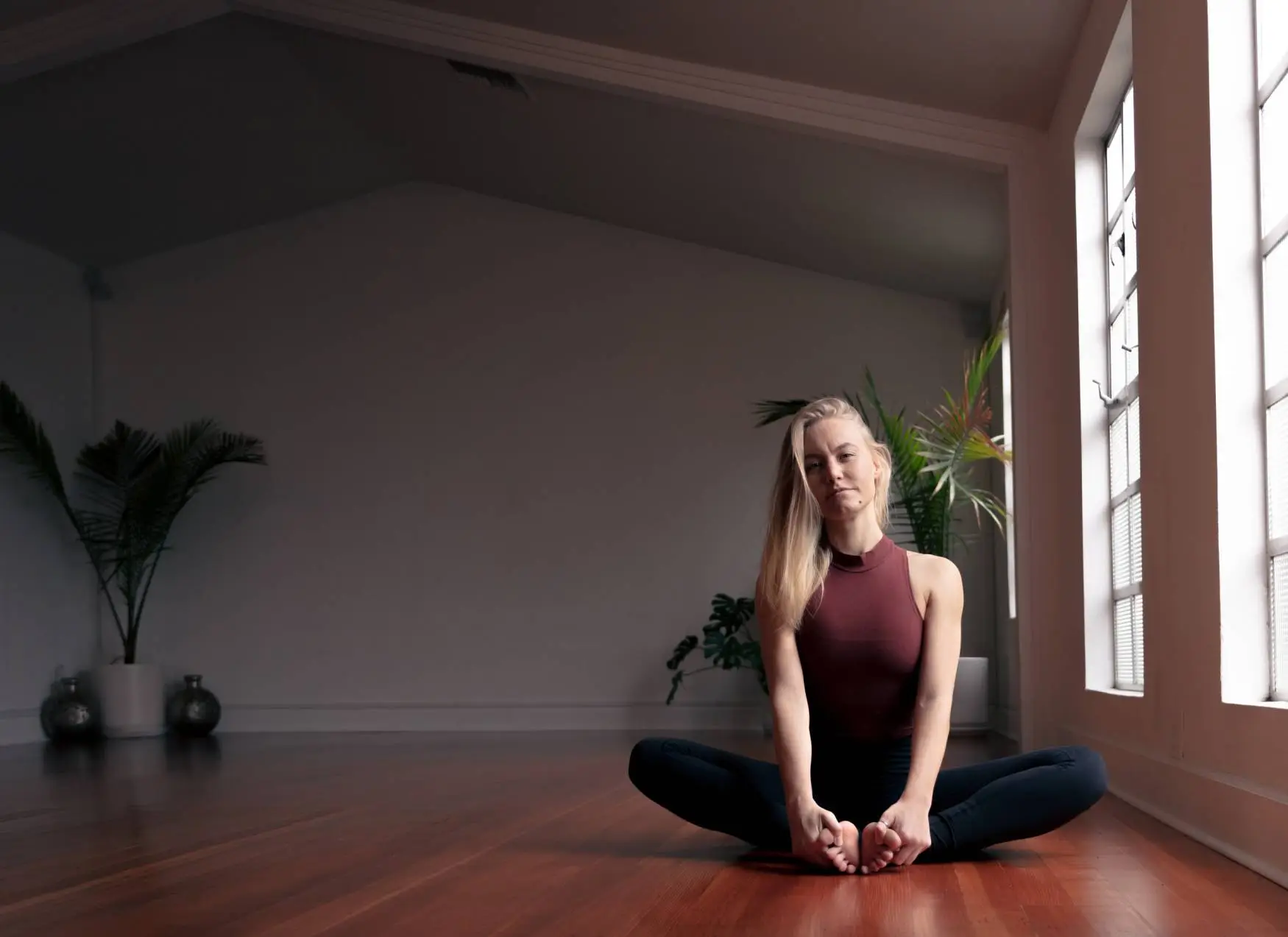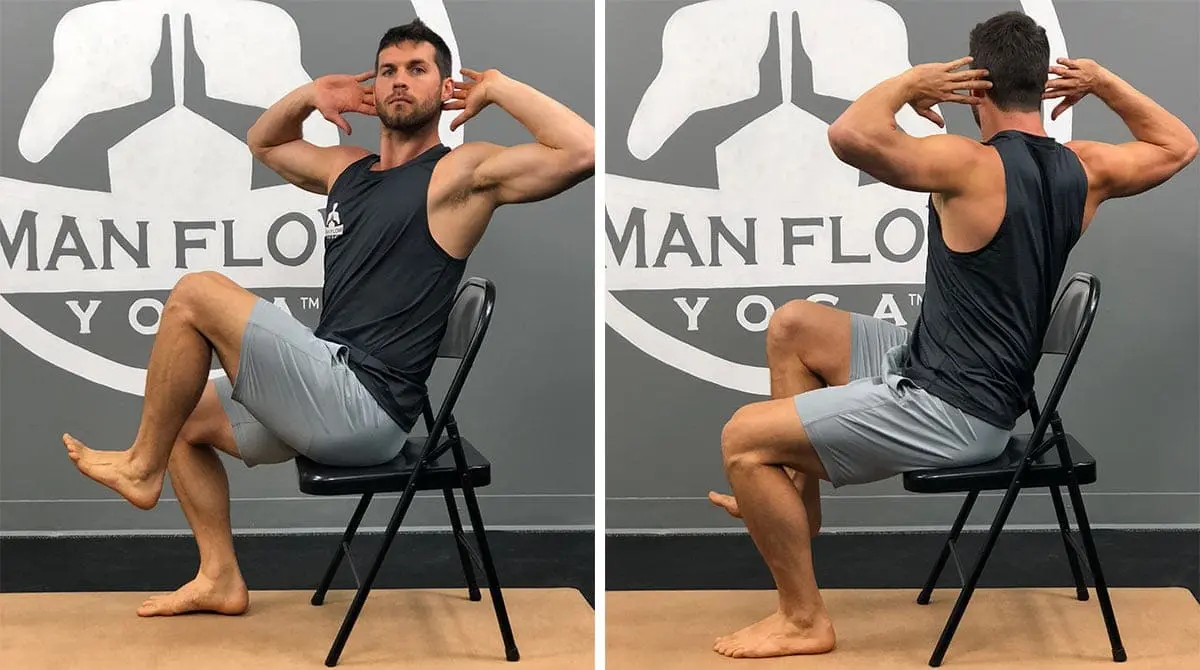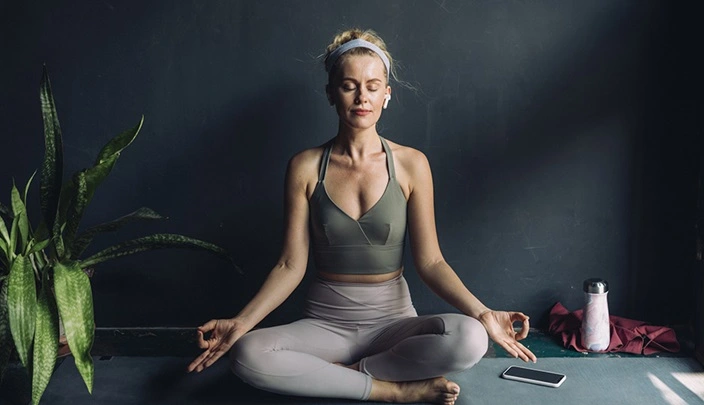The Benefits of Twists: 3 Awesome Twisting Yoga Postures
Twists don't need to tangle you up! In this blog entry, we survey the life systems of bending yoga acts and examine the risks that individuals dread from twists (and the logical writing around that risk). We additionally recommend five yoga curves that can be useful for your yoga practice. At long last, we cover the benefits of twists (both genuine and envisioned). On the off chance that you're not into the life structures segment, go ahead and leap to the numbered twists beneath.
What Is A Yoga Twist (Anatomically Speaking)?
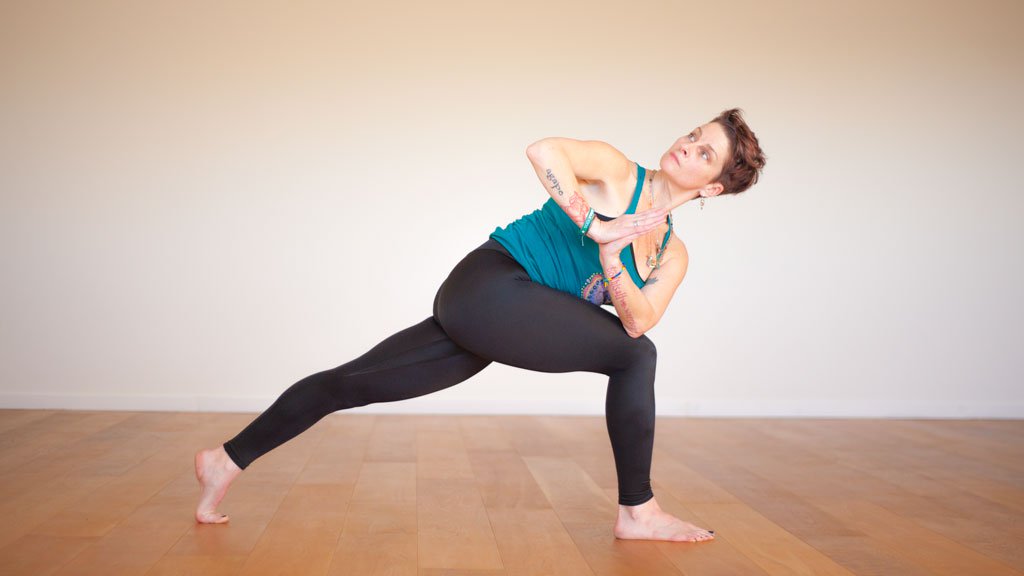
twists are pervasive in most yoga rehearses. A yoga turn is a posture where there is revolution of the middle. Pivot of the middle changes the relationship of every vertebra to the vertebra above and underneath through the consolidated activity of a progression of muscles.
Your vertebral segment doesn't pivot in a uniform way, so the adjustment of relationship won't be uniform yet will rely upon a few factors. A few regions, like the cervical and thoracic segments, have greater portability in pivot. Others, like the lumbar area, have less versatility. The level of muscle activity in turning is muddled and differs relying upon a few elements. The vertebral position (nonpartisan, sidelong curve, flexion, or expansion), body position (sitting, standing, or prostrate), level of actual exertion, and level of protection from the yoga contort each have an effect.
The fundamental muscle of spinal turn is the inside slanted on the ipsilateral side, which is the side comparing to the heading of the wind. For instance, when you turn toward your right side, the inside slanted on the right side is the essential muscle that is liable for making this development. Different muscles on the ipsilateral side that add to revolution are the quadratus lumborum, psoas, and iliocostalis. On the contralateral (inverse side), the outer slanted aids turn.
Who Can Help The Best From Yoga twists?
Previously, there was accepted to be a connection between ongoing twisting or trunk turn and constant lower back torment. Nonetheless, a writing survey of the subject uncovers that curving in yoga is definitely not a measurably critical consider lower back torment. Almost certainly, the past examinations that proposed a causal connection were really seeing the relationship between bowing or twisting joined with twisting as opposed to curving in yoga alone.
It is intriguing that those experiencing lower back torment have decreased enlistment of their inner slanted muscles during trunk revolution. So it is possible that one method for lessening lower back torment is to reinforce the inside diagonal muscle through ordinary, controlled twisting with the middle upstanding. Yoga gives various choices for twists, going from delicate to fiery, contingent upon your own body's necessities.
Do Yoga Twists Really Detox The Body?

Your yoga practice can help your wellbeing in numerous ways. Ordinary twists can advance a solid lower back. Integrating these postures into your day to day practice can offer you a more noteworthy feeling of simplicity, particularly on the off chance that you sit at a work area, or are on your feet for extensive stretches of time.
Despite the fact that there is more than adequate proof that contorting can fortify a portion of the muscles that advance lower back wellbeing, there are many cases about turning that can be exposed. For instance, twists don't "detox" the body. Your liver and that's what kidneys do. twists don't further develop dissemination to the intestinal system, advancing processing or a summed up "mending." There is no proof to help that case and the intestinal system is now very much vascularized.
There is proof that having a standard yoga practice can help those experiencing crabby gut condition (IBS). The instrument through which this works is reasonable through expanded vagal tone, which advances stomach related capabilities. Yoga has been displayed to increment vagal tone (parasympathetic action), which can help IBS patients, as well as those experiencing epilepsy, sadness, from there, the sky is the limit. These advantages are seen because of the quieting impact that yoga has on your sensory system, not on unambiguous activities in twists. Similarly, they are benefits that assistance to lessen the presence and power of side effects, which is unquestionably an advantage. Be that as it may, diminishing side effects isn't exactly the same thing as relieving a sickness.
Recommended Twisting Postures For Your Yoga Practice
The following are 3 bending yoga poses that you could view as useful to your general wellbeing. Some are appropriate for novices, some are really difficult, so pick the ones that work for your body!
1. Jathara Parivrttanasana (Revolved Belly Pose)
Lie level on your back and attract your knees towards your chest.
On an exhalation, bring down your legs over to the right side, attempting to keep a 90-degree point at your hips if conceivable.
Stretch out your arms out to one or the other side, relaxing however much you can around the sides of your midriff and your ribcage. It's alright in the event that your contrary shoulder isn't in touch with the ground.
Your head can stay unbiased and face the roof, or you can dismiss your head from the bearing of your legs.
Hold for around 15 breaths.
Rehash on the opposite side.
2. Parvrtta Sukhasana (Revolved Cross-legged Pose)
An essential situated turn is to sit leg over leg with a sweeping or reinforce under your hips. Ensure that your pelvis is shifting forward and your spine is extending towards the roof.
On an exhalation, turn toward the right side carrying your right hand to the floor or to a block behind you.
Put your left hand on your right knee or thigh.
Take 10-15 breaths here and afterward do likewise on the opposite side.
There are a few minor departure from a situated wind that you can take contingent upon your solace level. For instance, twist one knee up with the underside of that foot on the floor and curve toward the bowed leg. (photograph above) You could likewise take a contort from Baddha Konasana (Bound Point Posture), or the situated posture of your decision.
3. Parvrtta Parsvakonasana (Revolved Side Angle Pose)
This is another standing yoga turning represent that can be helpful for some bodies.
Remaining toward one side of your mat, from Tadasana, step your left foot rearward of your mat and keep the toes pointing forward and the back impact point off the floor.
Twist your front knee. For an unsupported wind, open your arms wide and move in the direction of the right side.
To use yourself a smidgen more in the bend, place your palms together on a fundamental level community and carry your passed on elbow to the beyond your right thigh.
Tenderly press your palms together to acquire some profundity in the turn.
Hold for 5-10 breaths and afterward opposite to curve the opposite side.

